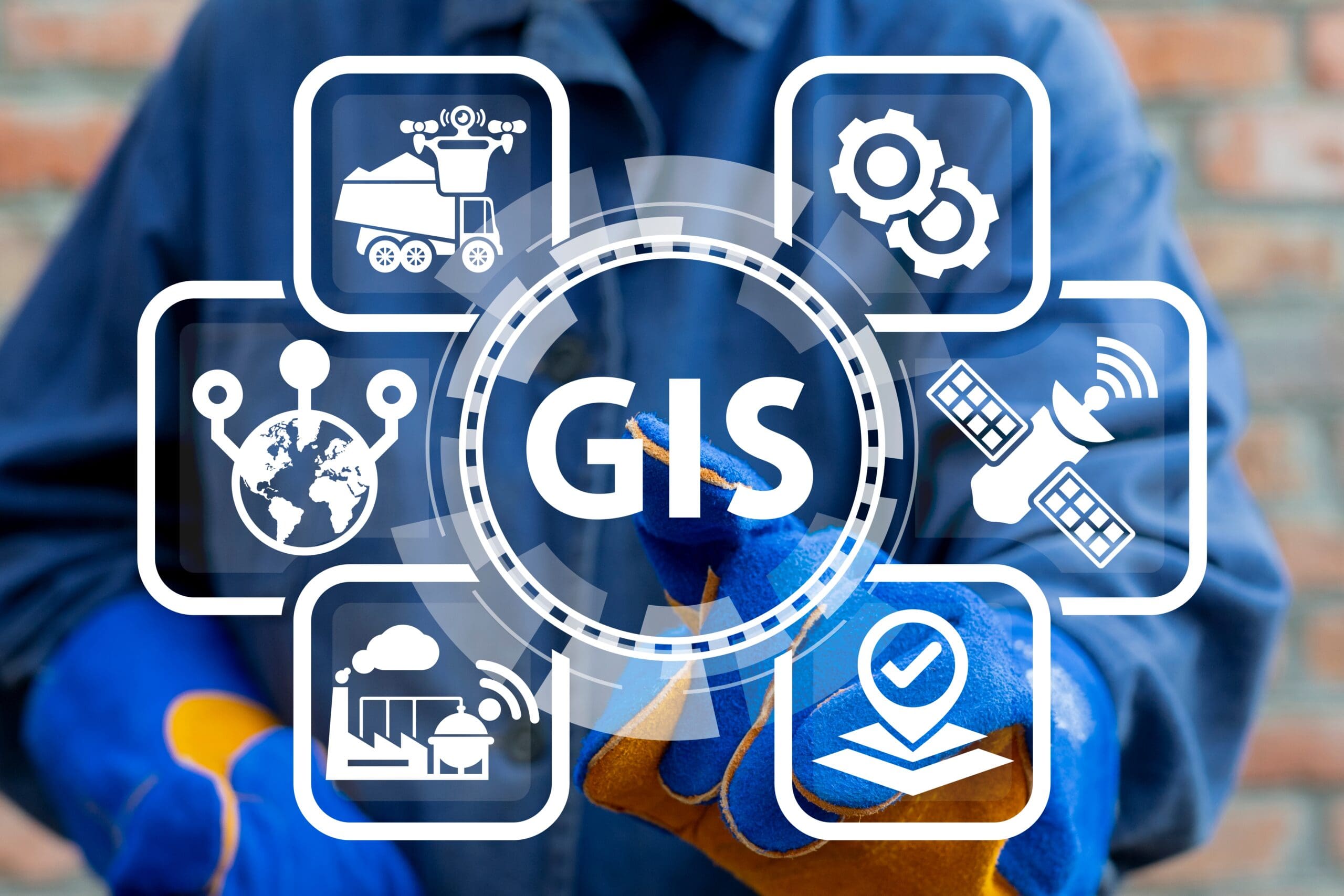EpochSync Pro Facilitates Migrating Data to this Powerful Network
As utilities grapple with escalating challenges in a complex and dynamic environment, many are looking to solutions like the Esri ArcGIS Utility Network to simplify data management while ensuring integrity, even across massive data sets.
“Throughout our 15-year relationship with Esri—and now as an Esri Gold Partner—we’ve worked together to identify and solve utilities’ needs, especially by integrating Esri technology with our own suite of solutions,” noted James Street, Epoch Solutions Group CEO. “With the need to manage and integrate data becoming both more challenging and more critical for utilities, we see great value in helping our customers leverage powerful tools like the Esri Utility Network.”
We recently tapped Esri Product Manager Saranya Kesavan to share insights on how the company’s next-generation ArcGIS Utility Network is helping to improve data management amidst transformative change.
New Challenges Make Data Management Vital
Grid modernization has become a high priority across the utility industry, especially as electricity demand rises in response to the shift to clean energy, increased electric vehicle adoption, and a rise in data center power usage to support cloud-based applications. The increase in electricity demand is redefining the power load and tasking utilities with improving energy supply and reliability, according to Kesavan.
“It’s all placing a lot more demand on the grid,” she said. At the same time, climate change is fueling more frequent and severe storms, resulting in more power outages that require utilities to respond quickly and efficiently and maintain high customer satisfaction.
“Challenges like these make a utility’s network more mission-critical than ever, while making data management essential yet more difficult,” Street pointed out. As utilities strive to improve this function, many are moving to the Esri ArcGIS Utility Network.
Setting the Foundation
The ArcGIS Utility Network serves as a system of record that captures data on all utility assets in detail, ensuring that any applications built on the platform can readily access the data required. According to Kesavan, Esri’s network management solution as it is today has evolved over the last 20 years in lockstep with technology advancements.
“Esri’s initial geometric network was robust at the time, but the technology and the industry have changed significantly,” she said. The then-current technology which the network was built on presented inherent limitations, particularly at a time when utilities often maintained data in multiple, disparate applications that didn’t provide a holistic view or enable access to timely, accurate information.
“For example, field crews often lacked real-time information about changing conditions, especially data from downstream applications like their outage management system,” she explained.
As both the technology and the industry’s needs evolved, the Esri network did too. “We considered how utilities are now organizing their data, the workloads they’re managing, and how to future-proof the model,” Kesavan said. With the retirement of Geometric Network, Esri created a next-gen utility network on the ArcGIS Pro mapping and visualization platform.
Contact an Epoch Sales Consultant today ⟶
Integrity, Scalability, and Productivity Top the List
Esri built its new ArcGIS Utility Network to address three common and interrelated needs of today’s utilities: data integrity, network scalability, and network management productivity.
“By using a services-oriented network, utilities can spend less time on tasks like controlling who can access and edit data, improving productivity without sacrificing data integrity or security,” Kesavan said. At the user level, the network restricts data access based on login credentials, while at the network level, rules fire off dynamically as data is edited, triggering error messages that reduce the odds of inputting bad data.
“The network rules can control what type of transformer can connect with what type of conductor,” she explained. “The goal is to ensure the Utility Network is robust and stable, and that it identifies any workflows with potential to corrupt the organization’s data set.” With data volumes growing rapidly within most utilities, the highly scalable network is designed to reduce the strains of day-end processing, ensuring data is clean, up to date, and pushed out to every downstream application, even when large volumes are involved.
The Esri ArcGIS Utility Network also facilitates moving from manual workflows to automated workflows that speed and streamline work, improve accuracy, and leverage the value of digitized data. “For example, rather than draw up a rough sketch of a field installation and send it to GIS team, field crews can capture that information digitally,” Kesavan said.
Managing data in a dynamic environment demands that the utility’s staff has a clear, accurate view of what’s happening in the field at all times. Esri’s Utility Network aims to provide that view through a highly detailed network model and built-in visualization tools that remove visual clutter while keeping data within reach. “Each user can choose the level of detail they need to see,” she said, while authorization measures ensure data security.
Additionally, end users and system administrators can utilize dashboards with embedded awareness of the utility network topology and associations. “Utilities are customizing these dashboards to gain a better understanding of what’s happening in their network at any given time, through a single system of record,” Kesavan explained. The more applications integrated, the more holistic the view. “That enables utilities to identify trends, gather insights, develop mitigation plans to solve problems, and work proactively to prevent them.”
Solving the Dilemma of Getting Data Into the Network
One of the impediments to using the Esri Utility Network is the challenge of migrating data from GE Smallworld Version Managed Data Stores and other GIS databases that store utility transmission and distribution GIS data. Since the data models involved vary significantly, it isn’t always easy to port the data over.
“As more utilities look to leverage the Esri Utility Network for map-based applications like emergency operations management, outage management, and streetlight management, we recognized that the data migration need was becoming more pressing,” Street said.
That’s why Epoch Solutions Group developed EpochSync Pro, a GIS data migration software tool that simplifies the migration of GE Smallworld data to Esri. EpochSync Pro helps utilities harness the full power of the Esri ArcGIS Utility Network by providing a seamless way to synchronize data bidirectionally and accurately between Smallworld Version Managed Data Stores and Esri ArcGIS Enterprise Geodatabases, even for large data volumes. “We specifically wrote this tool in the ArcGIS Pro SDK to fully leverage the value of the network and the ArcGIS functionality on behalf of our utility customers,” Street said.
EpochSync Pro is part of the Epoch Solutions Group suite of solutions, helping utilities leverage the power of GIS data to transform field operations. Contact Epoch Solutions Group to schedule a demo of EpochSync Pro, or contact Esri to schedule a demo of the Esri ArcGIS Utility Network.




















